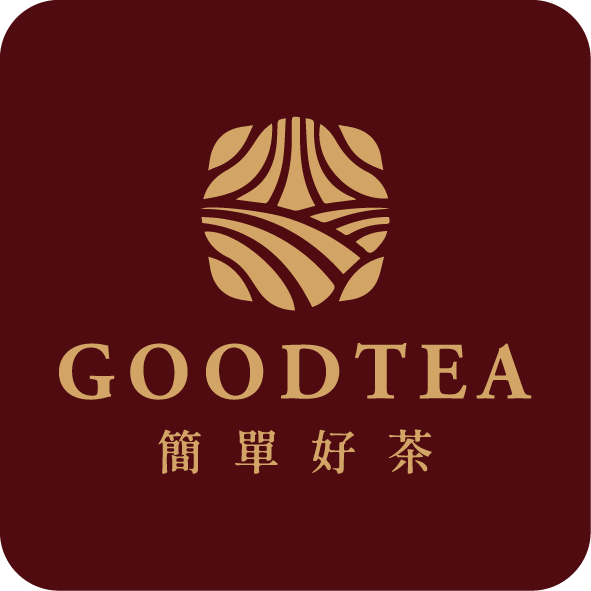During the process of tea manufacturing, fermentation imparts many appealing flavors to the tea leaves. Depending on the degree of fermentation, tea can be broadly categorized into green tea, oolong tea, and black tea. However, when explaining fermentation to foreigners, and even to Asians who don`t drink tea, it often leads to confusion. Is tea better fermented if it`s roasted longer? Is black tea the most roasted?
Fermentation? Like making bread? Brewing alcohol? The term “fermentation” originated from the phenomenon of yeast fermentation in malt extract, which produces bubbles, as seen in the process of brewing alcohol. This was the earliest definition of fermentation. Simply put, fermentation refers to the process in which organisms decompose organic substances to produce energy. In biological terms, it involves the oxidation-reduction reaction of organic matter as the electron acceptor in the electron transport chain. However, in tea manufacturing, what is referred to as “fermentation” should be more appropriately termed as “oxidation.” This is because the transformation of tea from green tea to oolong tea and then to black tea involves a series of polymerization reactions of catechins. Under the assistance of polyphenol oxidase (PPO), catechins in green tea undergo oxidation, where oxygen is added to the catechins or they are polymerized together like building blocks, resulting in the formation of large compounds. This process resembles playing with LEGO bricks.
The oxidation of catechins affects the color and flavor of the tea infusion. Catechins themselves are colorless. When oxidized and polymerized to form theaflavins and thearubigins, the color of the tea infusion becomes darker. In black tea, theaflavins (mainly) and thearubigins are important sources of color and flavor. If over-polymerization occurs, the formation of theabrownins can lead to poor flavor and a darker infusion color.
So, what do catechins oxidize into in oolong tea? It`s not theaflavins, which are responsible for the yellowish color in black tea. Instead, it`s the “oolong quality,” a unique substance found in oolong tea. However, due to its brief appearance and difficulty in detection, this substance is challenging to identify and quantify, making it an elusive intermediate product.
Today`s tactile sensations shape tomorrow`s flavors. In the manufacturing process, gently tossing the tea leaves promotes oxidation reactions. If the tossing is too vigorous, oxidation and polymerization occur too rapidly (like chaotic LEGO building), resulting in undesirable aroma and flavor. In summary, fermentation is like a journey. Green tea marks the starting point, while black tea marks the end. Along the way, there are scenic spots, and where to stop depends on both experience and imagination.
Because oolong tea is a partially fermented tea, how much is “partially”? And which part? Because of these reasons, the manufacturing process of oolong tea is both artistic and difficult to study.








Leave a reply